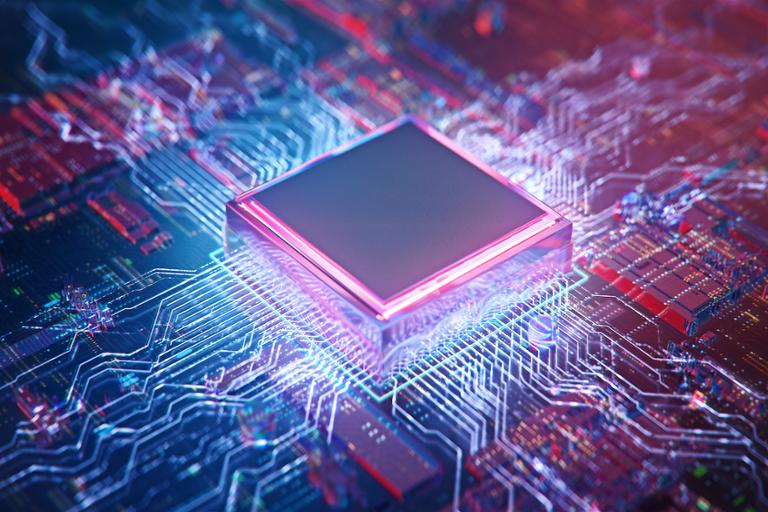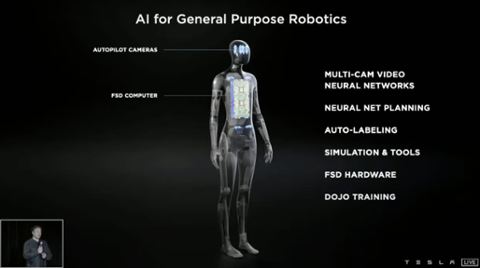Intel plans on building what its CEO calls the “largest silicon manufacturing location on the planet” in Columbus, Ohio. The facility, which will contain two chip factories once it’s operational in 2025, could employ more than 3,000 people.
“We helped to establish the Silicon Valley… Now we’re going to do the Silicon Heartland,” Intel CEO Pat Gelsinger told Time magazine, which reported that the chip-making giant has joined rivals such as AMD to lobby the federal government for more investment in semiconductor research and development.
Thirty years ago, roughly 37 percent of all chips were made in the United States. Today, that’s tumbled to 12 percent. That reduced capacity, coupled with the supply-chain bottlenecks of the past few quarters, has squeezed other industries such as auto manufacturing that depend on plentiful amounts of chips. Samsung, Intel, and TSMC have already pledged to invest substantial amounts of money in new chip-fabrication facilities in Texas and Arizona, but such facilities can take years to bring online.
As longtime clients such as Apple have shifted to making their own chips, Intel is pivoting from designing and selling its own chips to manufacturing chips to clients’ specifications. That places it on a collision course with chip manufacturers such as TSMC that have pursued a similar strategy for many years. Intel has already pledged to invest $20 billion in its foundry initiative, with much more likely to come; profitability, however, will ultimately depend on how many customers it can attract (and pull away from its rivals).
To navigate this uncertain future, Intel will need the best and brightest technologists it can get. How much is it willing to pay software engineers, who will prove so vital in customizing products to clients’ needs? For an answer, we can turn to levels.fyi, which crowdsources compensation data (the website’s numbers generally align with data from other sources, so we’re inclined to trust it, just FYI):
Intel no doubt pays far more for technologists with highly specialized skills, especially if it wants to poach that talent from a rival. As it proceeds with its new initiative in “Silicon Heartland,” it will likely want to hire all kinds of technologists on both the software and hardware sides.



